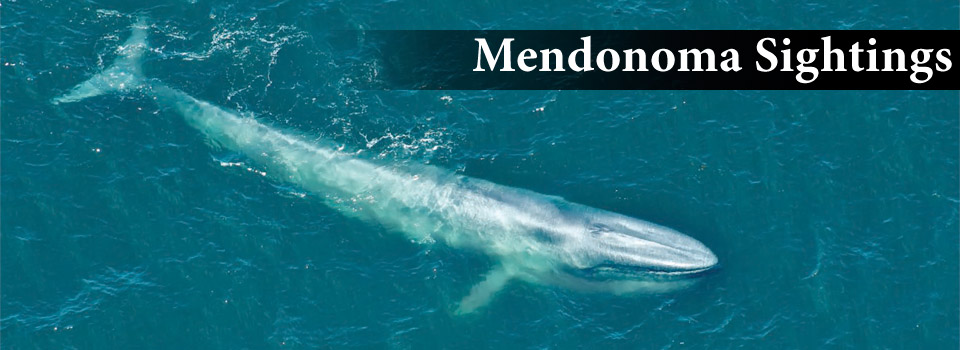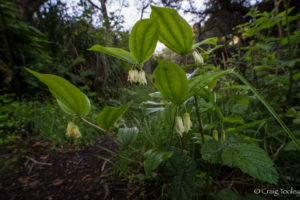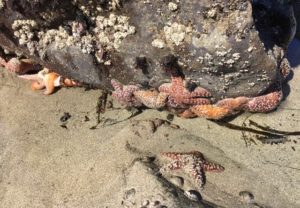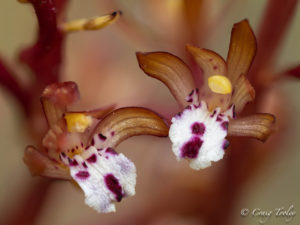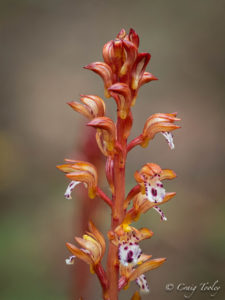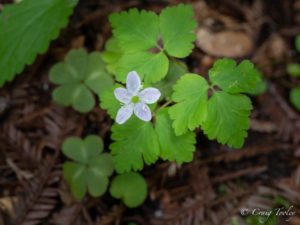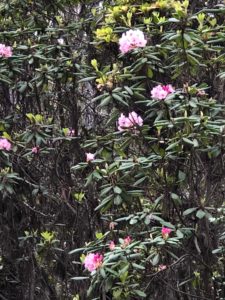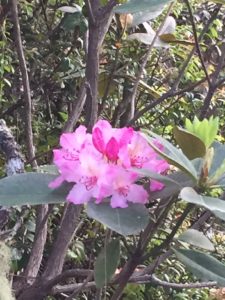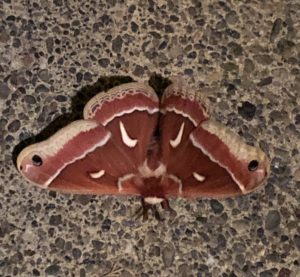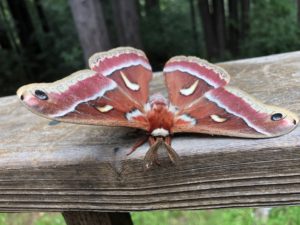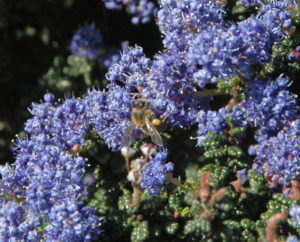For years I didn't realize there were tiny, exquisite bell-shaped flowers underneath the leaves of Fairybells, Prosartes hookeri, and Largeflower Fairybells, Prosartes smithii. Talk about shy! Craig Tooley recently found the Largeflower Fairybells in bloom.
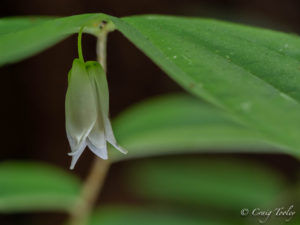 Here is another look at the blossoms, a photo Craig took several years ago.
Here is another look at the blossoms, a photo Craig took several years ago.
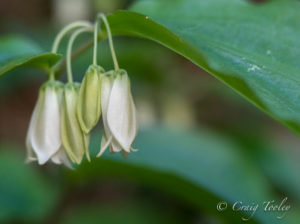 We have the smaller native wildflower, Hooker's Fairybells, growing in our forest. Here's what the leaves look like. Sorry, these next two are my photos and they are no where near the quality of Craig's!
We have the smaller native wildflower, Hooker's Fairybells, growing in our forest. Here's what the leaves look like. Sorry, these next two are my photos and they are no where near the quality of Craig's!
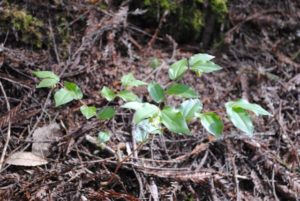 The flowers hide underneath the leaves.
The flowers hide underneath the leaves.
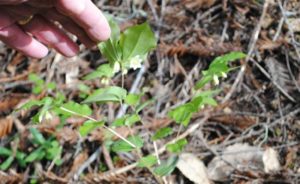 Okay, here's one of Craig's photos to make up for mine.
Okay, here's one of Craig's photos to make up for mine.
Many wildflowers are tiny - they are Mother Nature's way of making sure you pay attention!
Thanks to Craig for allowing me to share his photos with you here. To see much more of Craig's nature photography, here is the link to his website: www.ruffimage.com
A beautiful, sun-splashed day on the Mendonoma coast today.
Spring doesn't know...
